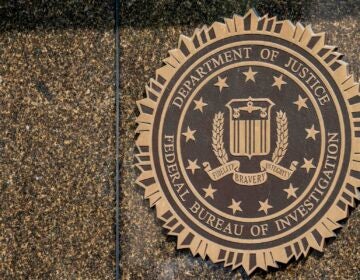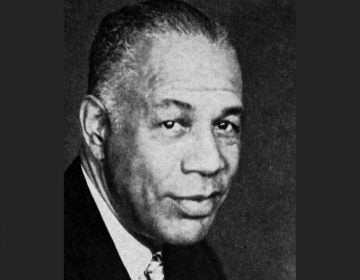7 ‘Green Book’ sites to discover in Philly
A guide to Philadelphia’s “Green Book” sites in South Philly and Center City that highlight the area’s black history during the Jim Crow era.
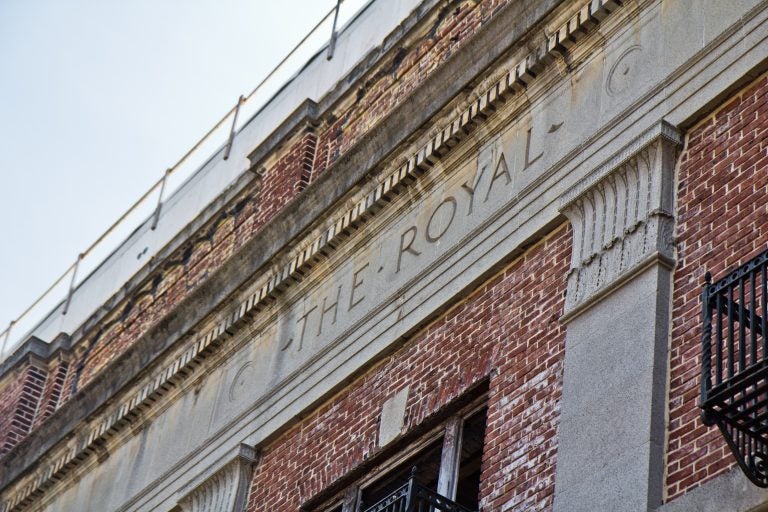
The Royal Theater. (Kimberly Paynter/WHYY)
The “Negro Motorist Travel Guide” was created with one goal in mind: to help African-Americans navigate Jim Crow laws in the South and racial segregation in the North.
The guide came to be known as the “Green Book,” named after Victor Green, a Harlem-based postal worker who started the publication. For three decades, from 1936 to 1966, the “Green Book” provided a roadmap to businesses that were friendly to black travelers, from hotels to restaurants and nightclubs.
Publishing the “Green Book” was an act of resistance to the policing of black mobility. The listings allowed African-Americans to exercise agency over their travel experience. The listings represented an invisible map of safe spaces.
Dozens of Philadelphia hotels and other businesses made it into the “Green Book” over the course of the guide’s 30 years. Most of them were in South Philly, the heart of the African-American community. The travel guide was especially popular with jazz musicians who traveled frequently. Duke Ellington and John Coltrane were two stars who could sell out shows yet couldn’t stay at segregated Center City hotels.
Today, some 20 “Green Book” sites still stand in Philly. Here is a guide to seven of Greater Center City’s hidden historic gems.
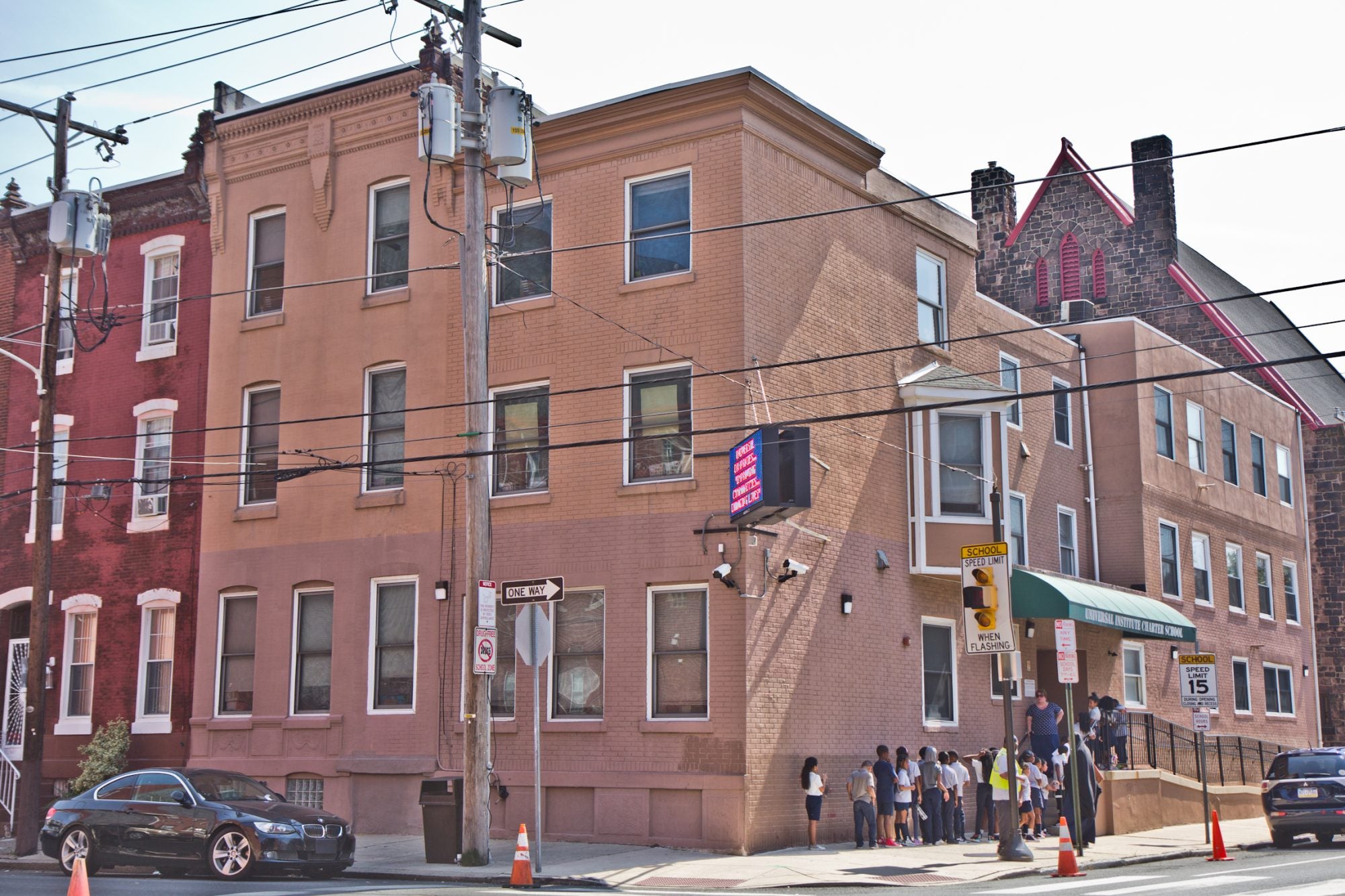
Name: Attucks Hotel
Address: 801 S. 15th St.
First Green Book listing: 1938
Why you should visit: Converted from a large corner house in 1921, the Attucks Hotel was named after Crispus Attucks, a fugitive from slavery who was the first person to die in the Revolutionary War. In Blacks in Blackface: A Sourcebook on Early Black Musical Shows, the hotel was said to be “a wonderfully comfortable place that commends itself to the discriminating artist seeking comfort.” The hotel accommodated artists and athletes such as Jelly Roll Morton, Louis Armstrong, Billie Holiday, Ella Fitzgerald, Bill “Bojangles” Robinson, Hank Aaron, Roy Campanella, and Satchel Paige.
Status: Music mogul Kenneth Gamble bought the building in 1999. Today, it stands as Universal Institute Charter School, one of Gamble’s Universal Companies’ family of schools.
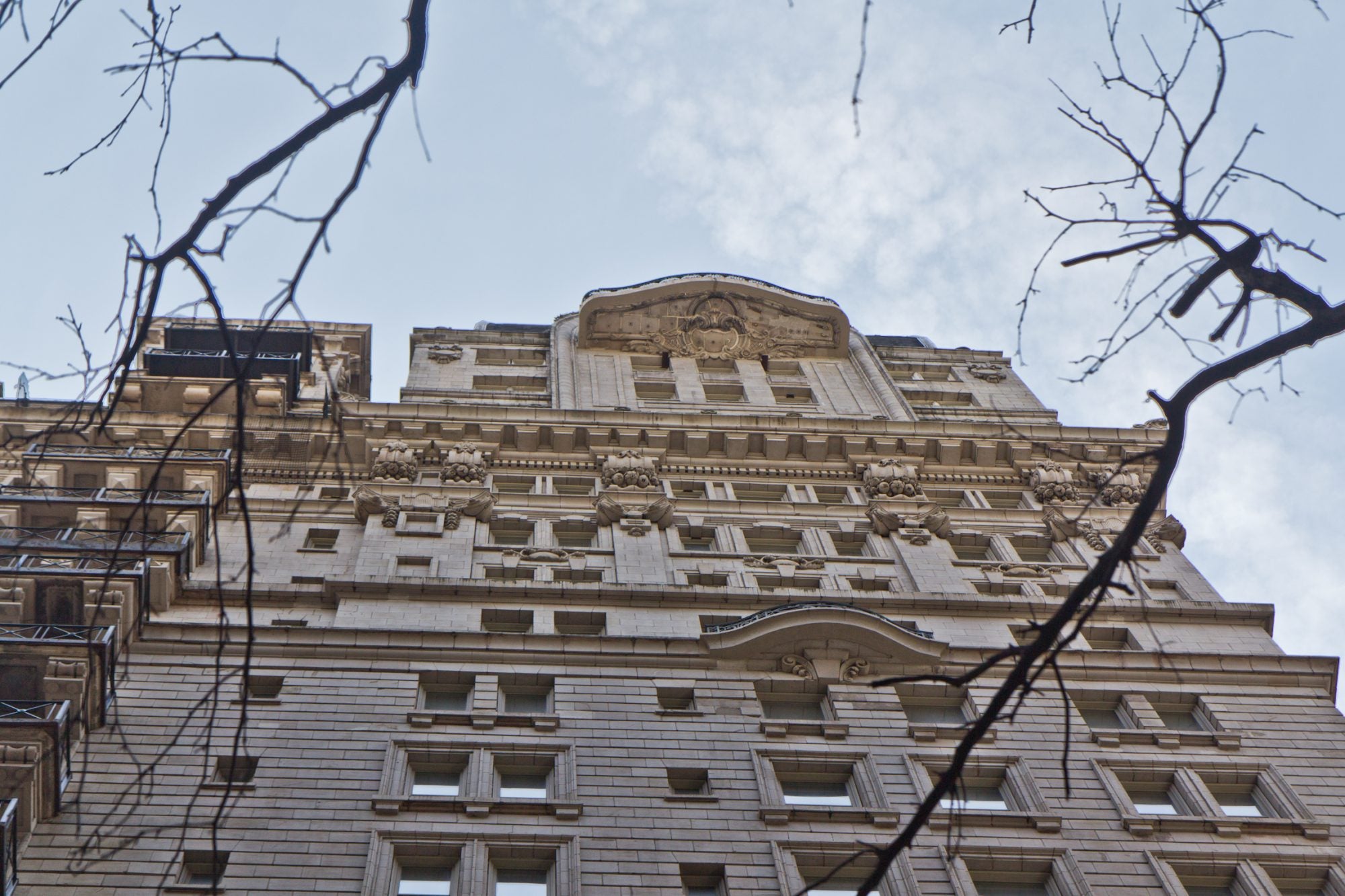
Name: Bellevue-Stratford Hotel
Address: 200 S. Broad St.
First Green Book listing: 1952
Why you should visit: Opened in 1904, the Bellevue-Stratford Hotel was considered the most luxurious hotel in the nation. Presidents, kings, queens, Main Line debutantes, and assorted glitterati were among the hotel guests. Jazz musicians who had gigs at nearby Showboat and Pep’s Musical Bar often stayed here.
Status: Preserved with a spot on the National Register of Historic Places and the Philadelphia Register of Historic Places
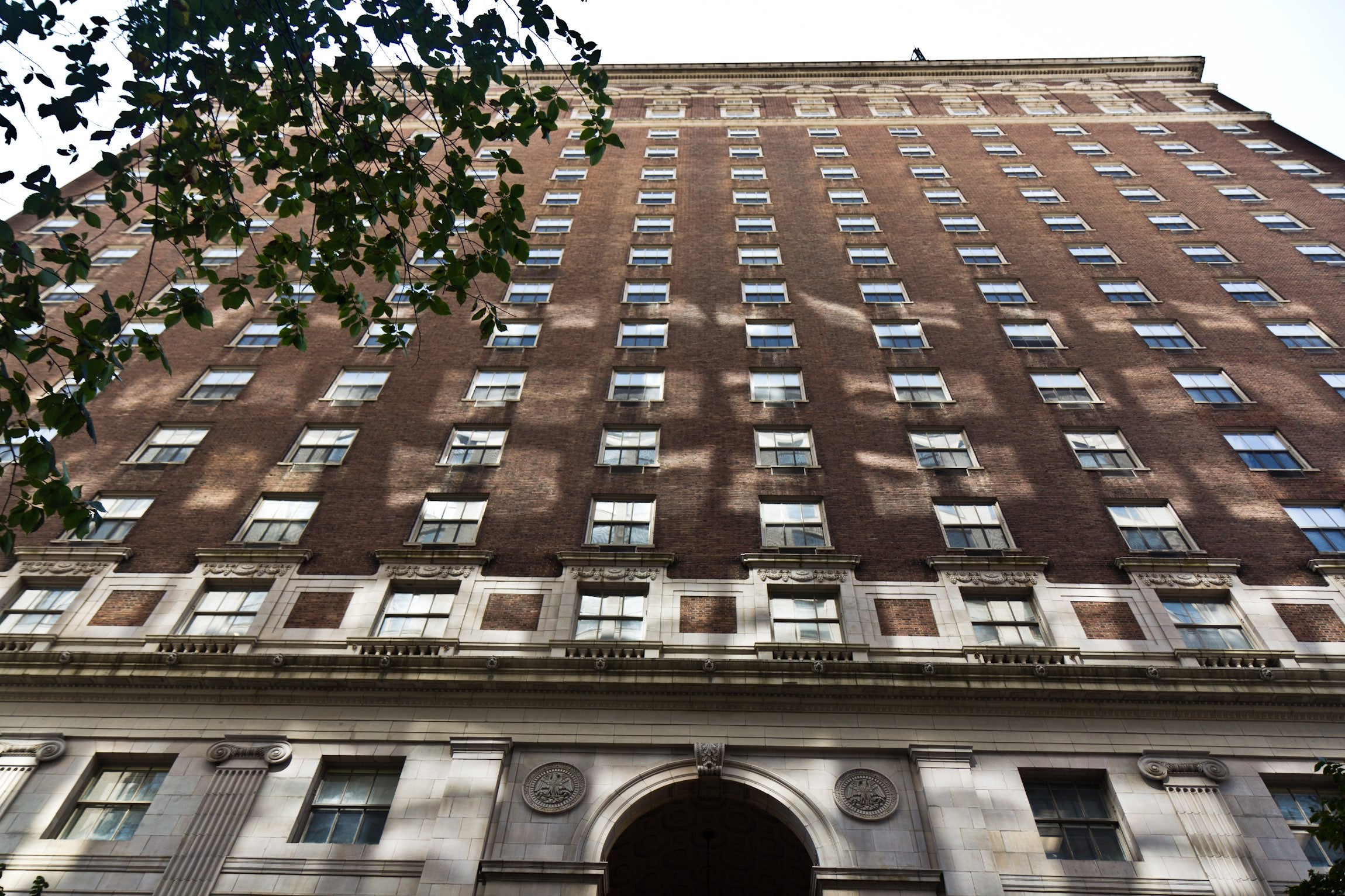
Name: Benjamin Franklin Hotel
Address: 834 Chestnut St.
First Green Book listing: 1952
Why you should visit: Designed by Horace Trumbauer, the Benjamin Franklin opened in 1925. With 1,220 rooms, it was considered one of the grandest hotels of the Gilded Age, but the hotel’s continuing claim to fame comes from an incident that happened on May 6, 1947. For years, the Ben Franklin rolled out the welcome mat for the Brooklyn Dodgers. That changed when Jackie Robinson joined the baseball team. The hotel manager told the team’s traveling secretary, Harold Parrott, “Don’t bring your team back here while you have any Nigras with you!” The Dodgers packed their bags and moved to the Bellevue-Stratford. While the Ben Franklin hotel manager is a nameless footnote in history, Jackie Robinson won Major League Baseball’s inaugural Rookie of the Year Award in 1947 and was inducted into the Baseball Hall of Fame in 1962. Three years ago, City Council passed a resolution recognizing April 15, 2016, “as a day honoring the lifetime achievements and lasting influence of Jackie Robinson, and apologizing for the racism he faced as a player while visiting Philadelphia.”
Status: Listed on the local and national historic registers
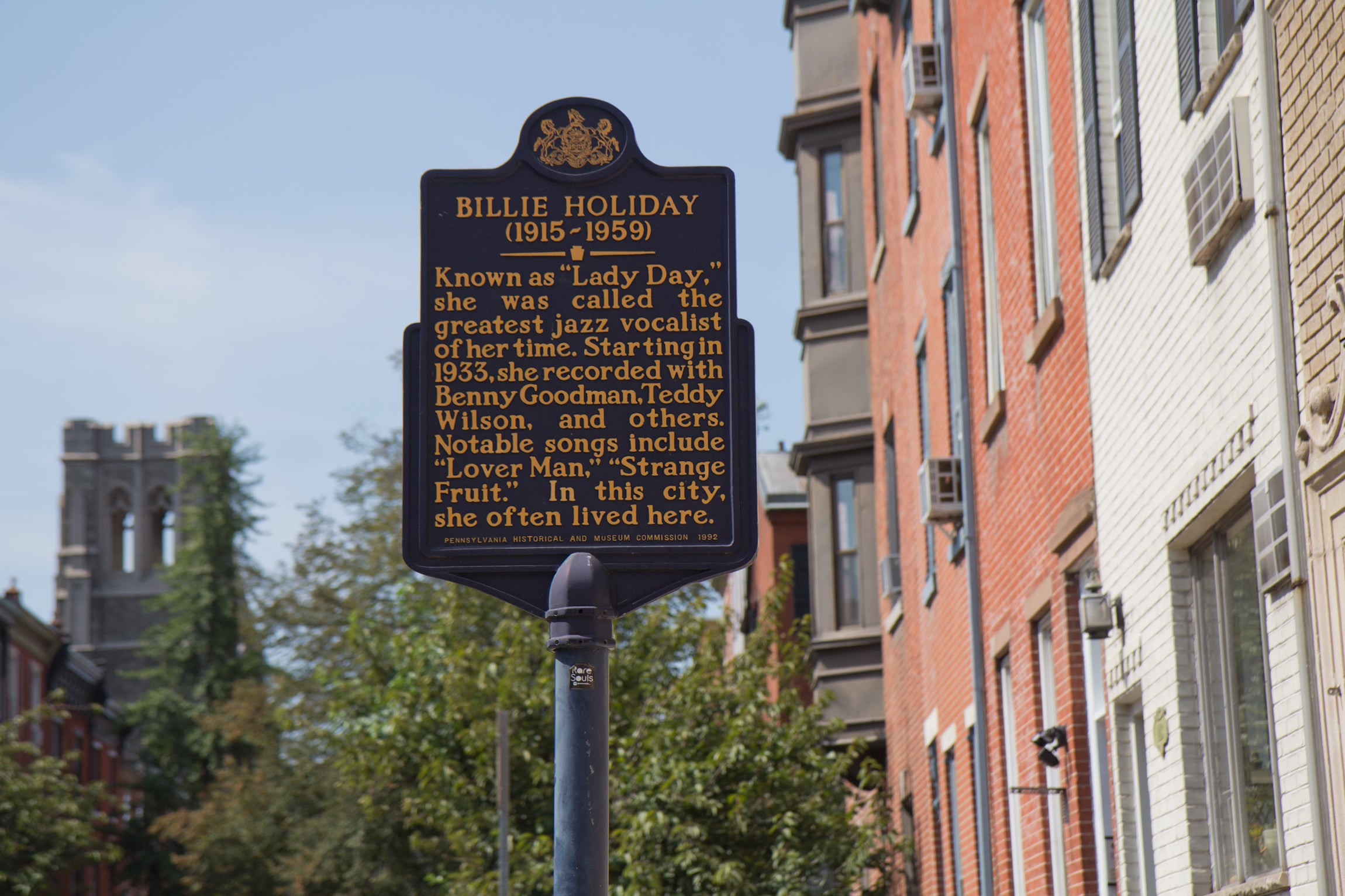
Name: Douglass Hotel
Address: 1409 Lombard St.
First Green Book listing: 1938
Why you should visit: The Douglass Hotel was built circa 1926. The hotel was a popular spot for Billie Holiday whenever she was in Philadelphia, along with other African-American luminaries including Pearl Bailey, Ethel Waters, Jack Johnson, Josephine Baker, Ella Fitzgerald, Billy Eckstein, and Aretha Franklin. The Douglass Hotel also provided transportation services, to allow black travelers to “ride without discrimination or segregation.” The basement of the hotel was home to various jazz clubs throughout four decades: the Rendezvous Club in the 1940s and the Showboat in the 1950s and ‘60s. Legendary promoter Herb Spivak bought the Douglass Hotel and Showboat in 1964. In the 1970s, the space was renamed the Bijou Café. Artists who recorded live albums at the space include Sidney Bechet, John Coltrane, and Grover Washington Jr.
Status: Listed on the Philadelphia register
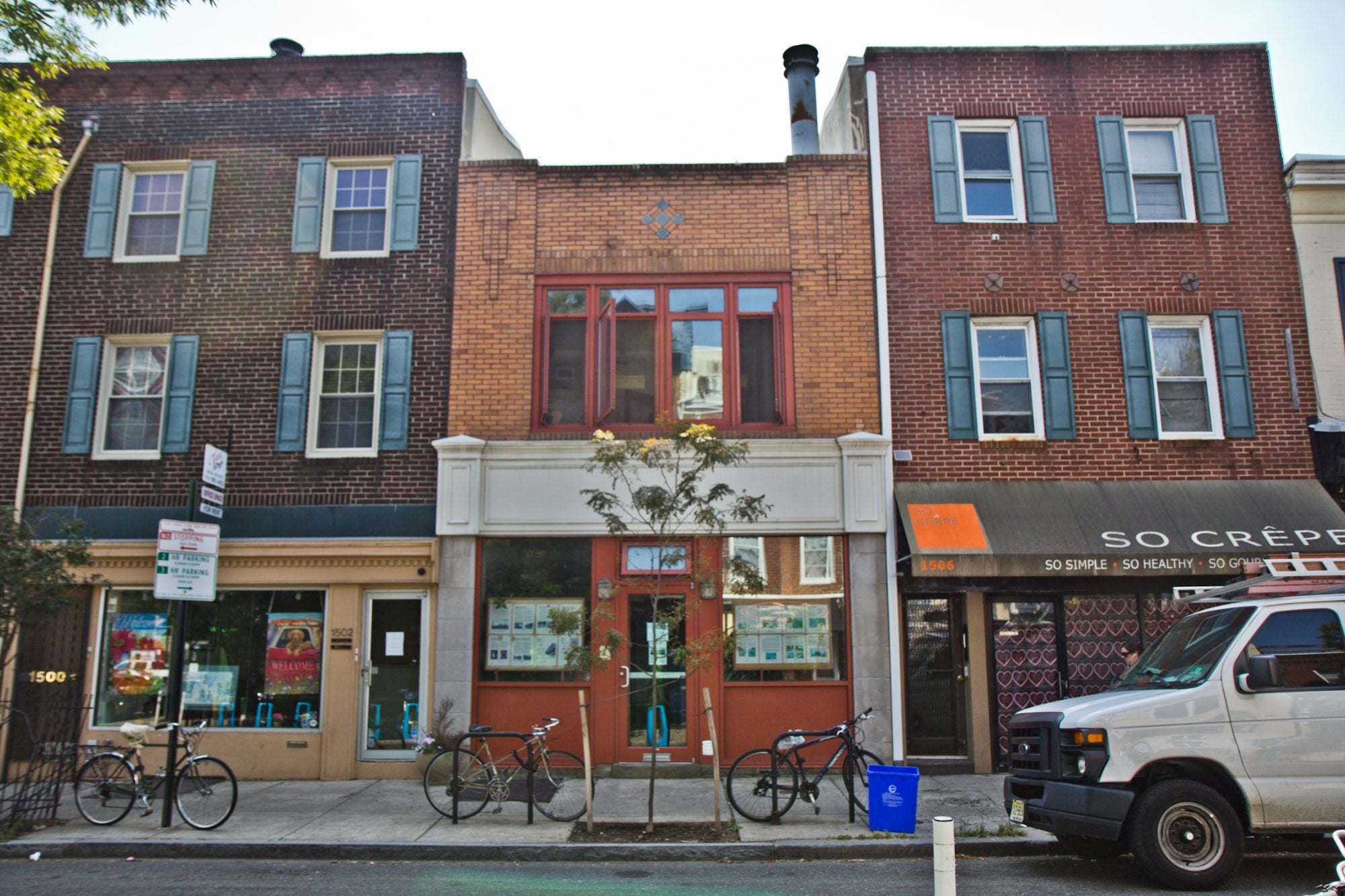
Name: The Postal Card
Address:1504 South St.
First Green Book listing: 1947
Why you should visit: A jazz spot, the Postal Card paid homage to postal workers and the role of the U.S. Postal Service in the growth of the black middle class. In 1940, approximately 14% of all middle-class African-Americans worked for the post office — 28% had at least some college education compared to 4.9% of the black population in general. Jazz musicians knew that no matter what, there was always work at the post office. Veterans of the Postal Service include Charles Mingus and Herbie Hancock.
Status: The building is now the office of Campbell Thomas & Co. Architects, an architecture, preservation, and community and transportation planning firm. The original Postal Card sign is on display in the company’s office.
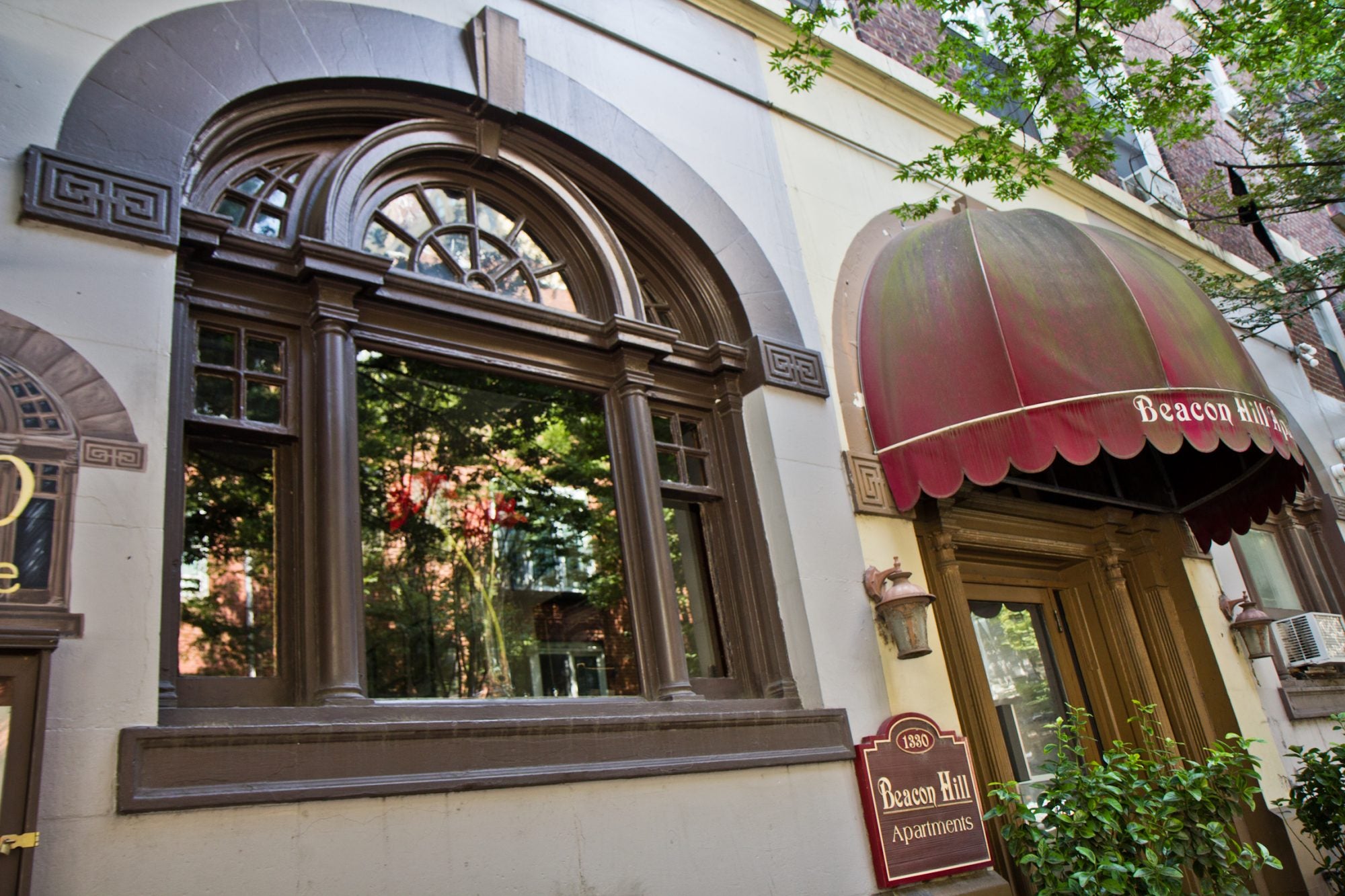
Name: Radnor Hotel
Address: 1330 Pine St.
First Green Book listing: 1956
Why you should visit: Formerly known as the Kensington Apartments, the Radnor Hotel property is included as a contributing resource to the Washington Square West Historic District. On Feb. 23, 1956, Billie Holiday was arrested after Philadelphia police, led by vice squad Capt. Clarence Ferguson, raided her hotel room.
Status: Contributing Resource, Washington Square West Historic District, National Register of Historic Places
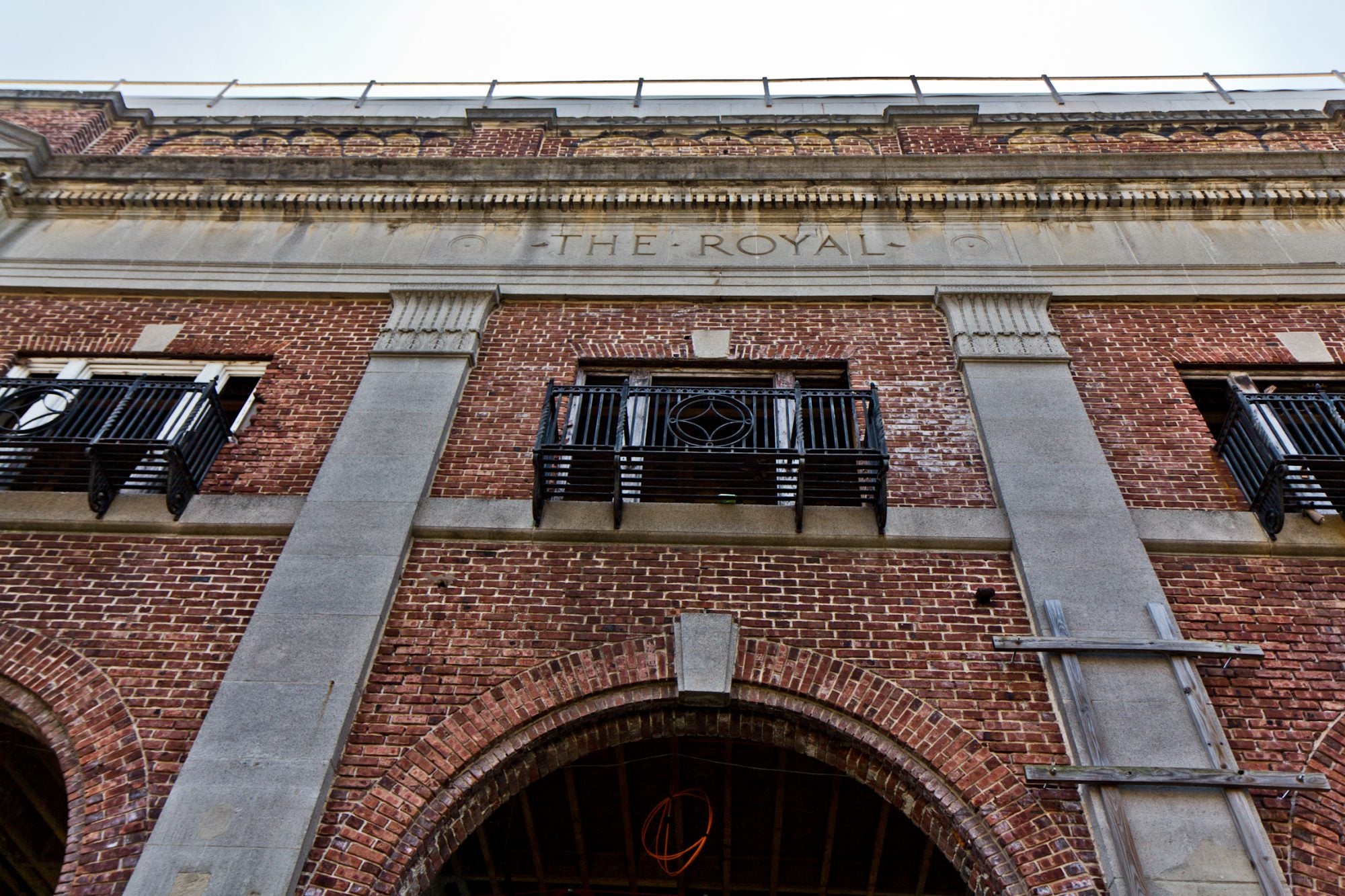
Name: Royal Theater
Address: 1524 South St.
First Green Book listing: 1938
Why you should visit: Designed by Frank E. Hahn, the Royal Theater opened in May 1920 and was advertised as “America’s Finest Colored Photoplay House.” The 1,200-seat theater showed movies by African-American film director Oscar Micheaux. The small stage played host to Fats Waller, Bessie Smith, Pearl Bailey, Della Reese, and Cab Calloway, among many others. The Royal closed in 1970 and sat vacant for decades. Its listing on the Philadelphia Register (1978) and National Register of Historic Places (1980) did not stop its demolition. The Preservation Alliance for Greater Philadelphia fought to save the historic landmark but the cost of rehabilitation was prohibitive. The alliance had the foresight to attach an easement to preserve the façade when the property was sold to Kenneth Gamble’s Universal Companies in 2000.
Status: Now owned by developer Ori Feibush, OCF Realty is constructing a mixed-use development. In addition to 55 apartments, there will be a restaurant with live entertainment. The new Rex at the Royal will feature music with African-American roots, from bebop to hip-hop.
Sites of segregation and self-determination
Victor Green’s travel guide still matters. It documents a place-based history of racial segregation, self-determination, and resistance. “Green Book” sites tell the story of how black travelers navigated and occupied public spaces. The sites are still relevant and connected to contemporary issues such as gentrification, cultural displacement, and racial profiling.
In 2015, Noirbnb, a “digital Green Book,” was launched in response to complaints of racial discrimination on house-sharing sites.
WHYY is your source for fact-based, in-depth journalism and information. As a nonprofit organization, we rely on financial support from readers like you. Please give today.





